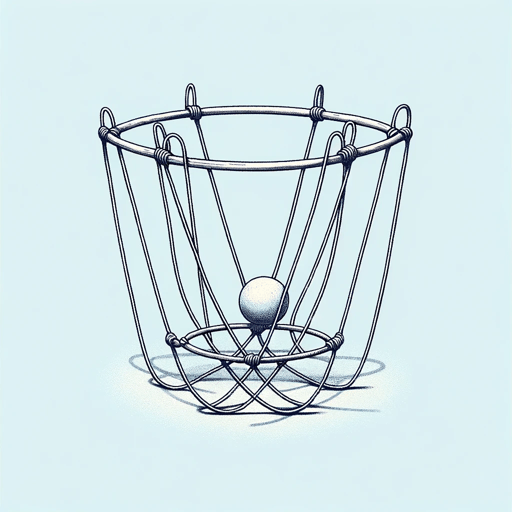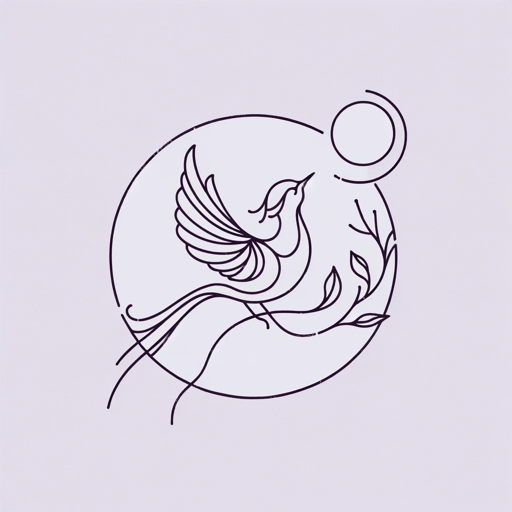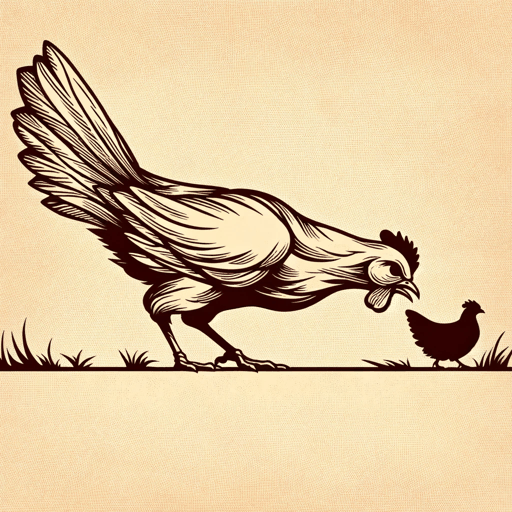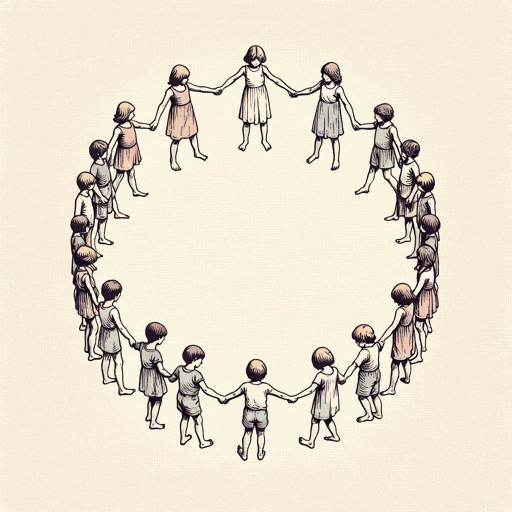22 pages • 44 minutes read
Margaret AtwoodThe Circle Game
Fiction | Poem | Adult | Published in 1964A modern alternative to SparkNotes and CliffsNotes, SuperSummary offers high-quality Study Guides with detailed chapter summaries and analysis of major themes, characters, and more.
Literary Devices
Form and Meter
The poem is free-verse, meaning it has no consistent rhyme or meter, which reflects the uncertainty of the poem’s characters. Moreover, while the form is a division into seven sections with stanzas, those stanzas are irregular. Some have only one line and others have six lines, and some lines only have one word. Many of the lines feature enjambment with complete thoughts carrying from line to line and even from stanza to stanza. To top it off, the number of sections, seven, is an uneven number—a prime number, in fact—that defies clean division by any number other than itself (and one). Nevertheless, the number seven (much like a circle itself) has traditionally and mythologically represented perfection and completion.
Moreover, there is further unity in the poem, though it unfolds only gradually. While the poem’s seven sections at first seem disconnected and mysterious, they slowly tie together to reveal a unity, especially in the final section, where the children’s and adults’ storylines come together.
Related Titles
By Margaret Atwood

Alias Grace
Margaret Atwood

Backdrop Addresses Cowboy
Margaret Atwood

Cat's Eye
Margaret Atwood

Death By Landscape
Margaret Atwood

Hag-Seed: William Shakespeare's The Tempest Retold
Margaret Atwood

Happy Endings
Margaret Atwood

Helen of Troy Does Countertop Dancing
Margaret Atwood

Lady Oracle
Margaret Atwood

Life Before Man
Margaret Atwood

MaddAddam
Margaret Atwood

Oryx and Crake
Margaret Atwood

Rape Fantasies
Margaret Atwood

Siren Song
Margaret Atwood

Stone Mattress
Margaret Atwood

Surfacing
Margaret Atwood

The Blind Assassin
Margaret Atwood

The Edible Woman
Margaret Atwood

The Handmaid's Tale
Margaret Atwood

The Heart Goes Last
Margaret Atwood

The Landlady
Margaret Atwood

